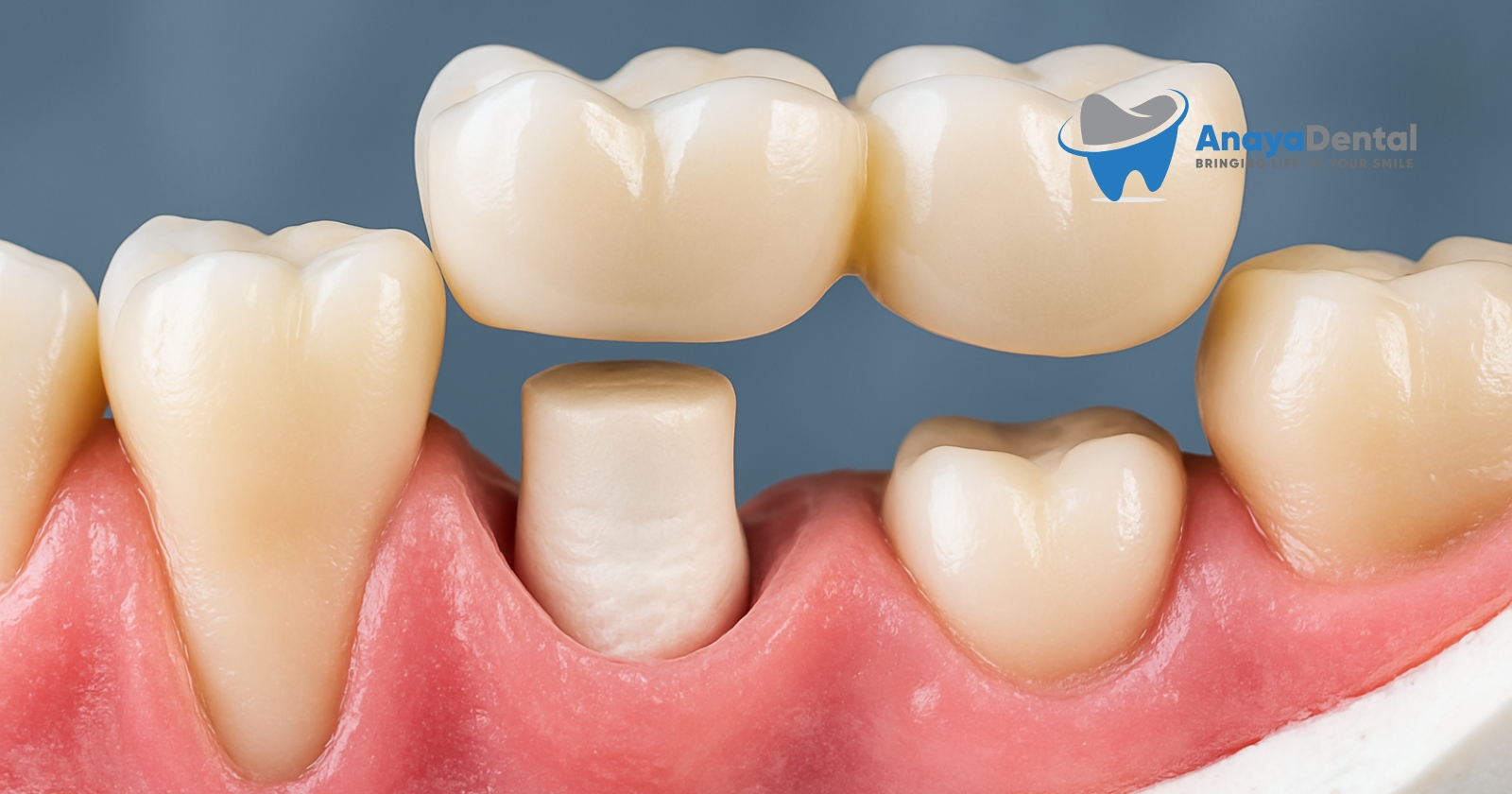Are you facing a dental restoration that involves multiple surfaces of your back teeth? Understanding the procedure code D2393 (resin-based composite – three surfaces, posterior) can help you navigate both the dental procedure and its financial aspects. This article breaks down what this treatment involves, what you can expect to pay, and how to make it more affordable.
What Is a D2393 Dental Procedure?
A D2393 procedure refers to a three-surface resin-based composite filling placed on a posterior (back) tooth. Unlike older amalgam (silver) fillings, resin composites match your natural tooth color, making them virtually invisible when you smile or speak.
Understanding Tooth Surfaces and “Three-Surface” Fillings
Your teeth have five potential surfaces:
Try Our Dental Calculators
- Occlusal: The chewing surface
- Mesial: The surface facing toward the front of your mouth
- Distal: The surface facing toward the back of your mouth
- Buccal/Facial: The surface facing your cheek
- Lingual: The surface facing your tongue
When a filling spans three of these surfaces, dentists use the D2393 code. This typically occurs when decay or damage has affected multiple areas of your tooth.
Medical Context: Why You Might Need This Procedure
Three-surface posterior fillings are common when:
- Moderate to extensive decay has affected multiple areas of your molar or premolar
- Old fillings have failed and need replacement
- Fractures or cracks have damaged multiple surfaces
- Root canal treatment has been completed and requires a final restoration
According to the American Dental Association, approximately 85% of adults will need at least one multi-surface filling in their lifetime, making this one of the most common restorative procedures performed in dental offices [1].
What to Expect During Treatment
Your dentist will:
- Administer local anesthesia to ensure comfort
- Remove decay from all affected surfaces
- Clean and prepare the tooth
- Apply a bonding agent to help the composite adhere
- Place the resin composite material in layers
- Shape the material to match your natural tooth anatomy
- Cure (harden) the composite using a special light
- Make final adjustments to your bite and polish the filling
The entire procedure typically takes 30-60 minutes depending on complexity.
Typical Costs for D2393 Fillings
The cost for a three-surface posterior composite filling varies significantly based on:
- Your geographic location
- The specific tooth being treated
- Your dentist’s expertise and practice overhead
Nationwide, you can expect to pay approximately:
| Cost Factor | Price Range |
|---|---|
| Without insurance | $250-$450 per filling |
| With insurance | $75-$200 out-of-pocket |
| At dental schools | $125-$250 |
Note: These are average ranges; actual costs may vary.
Payment Options and Insurance Coverage
Dental Insurance Coverage
Most dental insurance plans cover posterior composite fillings, but with varying terms:
- Basic plans may only cover amalgam (silver) fillings at the full rate, requiring you to pay the difference for composite
- Comprehensive plans typically cover 50-80% of composite fillings after deductibles
- Waiting periods of 3-6 months may apply for new insurance policies
- Annual maximums (typically $1,000-$1,500) limit total coverage
Alternative Payment Methods
If you lack insurance or need additional assistance, consider:
Dental Savings Plans
- Membership-based programs offering 15-50% discounts
- No waiting periods or annual maximums
- Annual fees range from $80-$200
Financing Options
- CareCredit and similar medical credit cards offer special financing
- Many practices offer in-house payment plans with 0% interest
- Health Savings Accounts (HSAs) and Flexible Spending Accounts (FSAs) allow you to use pre-tax dollars
Community Resources
- Federally Qualified Health Centers (FQHCs) offer sliding-scale fees
- Dental schools provide reduced-cost treatment
- Clinical trials occasionally seek participants for restorative treatments
Advantages of Resin-Based Composite Fillings
When weighing your options, consider these benefits:
- Aesthetic appeal: Matches your natural tooth color
- Conservation of tooth structure: Requires less removal of healthy tooth material
- Mercury-free: Contains no potentially harmful metals
- Bonding strength: Directly bonds to tooth structure, potentially strengthening the tooth
- Versatility: Can be repaired if partially damaged
Potential Disadvantages
For full transparency, you should also know:
- Higher cost than amalgam alternatives
- Potentially shorter lifespan (7-10 years vs. 10-15 for amalgam)
- Technique sensitivity requires skilled placement
- Possible post-treatment sensitivity to temperature changes
Maximizing Insurance Benefits for D2393 Procedures
To get the most from your dental coverage:
- Request a pre-treatment estimate before proceeding
- Schedule strategically if you’re near your annual maximum
- Ask about alternative codes that might have better coverage
- Appeal denied claims with support from your dentist
When to Consider Alternative Treatments
In some cases, alternative treatments might be appropriate:
- Amalgam fillings: Less expensive but more visible
- Inlays/onlays: For very large areas of decay (typically more expensive)
- Crowns: When tooth structure is severely compromised
Your dentist can help determine the most appropriate treatment based on your specific situation.
Quick Review
- D2393 refers to a three-surface resin-based composite filling on a posterior tooth
- Expected costs range from $250-$450 without insurance
- Most dental insurance plans cover 50-80% of the procedure
- Alternative payment options include dental savings plans, financing, and community resources
- Composite fillings offer aesthetic and structural advantages despite higher costs
Remember to discuss all your options with your dentist and insurance provider to make the best decision for your dental health and financial situation.


